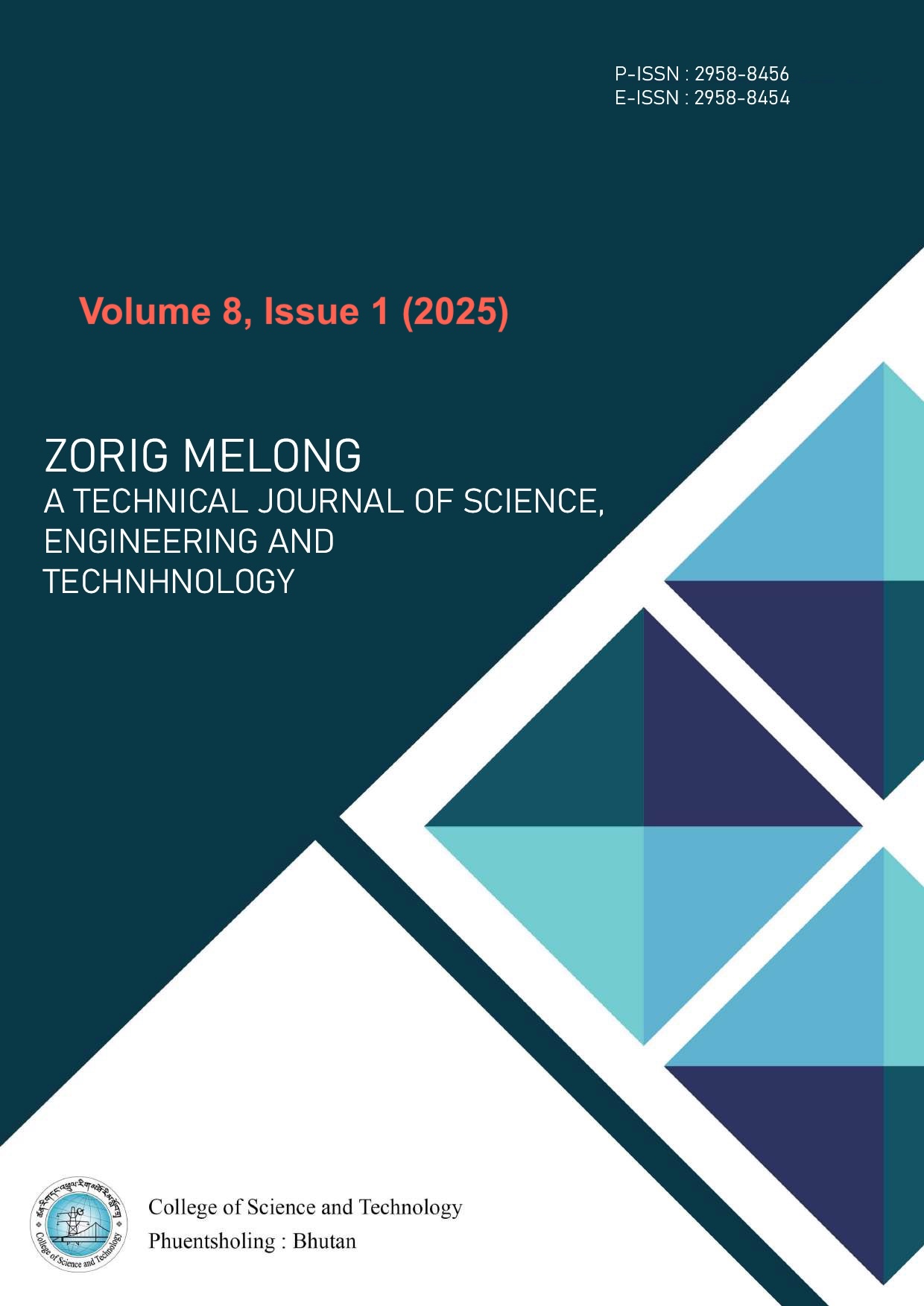AI-based Animal Intrusion Detection System for Human-Wildlife Conflicts in Bhutan
DOI:
https://doi.org/10.17102/zmv8.i1.007Keywords:
Artificial Intelligence of Things (AIoT), Human-wildlife Conflict (HWC), Object Detection, Deep Learning, YOLO, Animal dataset, Camera, Real-time notification, Food SecurityAbstract
This paper presents the proposed prototype of an Animal Intrusion Detection System powered by Artificial Intelligence of Things (AIoT) technology to address growing challenges of human-wildlife conflicts (HWC) in Bhutan. The major incursions of wildlife in the agriculture fields possess a major threat to sustainable food security and farmer livelihoods in the country. While the government has implemented various mitigation measures like electric and chain-link fencing, and animal repellent system, these solutions have notable limitations. Therefore, our AI-based system aims to provide as an alternative smart agriTech solution to address HWC. The system utilizes a Raspberry Pi 4, a night vision-based camera, an ultrasonic sensor and YOLOv8 deep learning algorithm for real-time animal detection and classification. The YOLO model was trained on a dataset of 30,800 images featuring seven local wildlife species which are common in raiding the crop in Bhutan. The system, upon detecting an intrusion on farmland, will automatically transmits an alert notification to farmers via a mobile app over a cellular network, enabling timely intervention to mitigate the crop damage. When the internet connection is down, the system will notify the farmers through SMS and Dial. In a controlled laboratory environment, the prototype achieved a detection accuracy of 95.7%. These finding indicates a promising alternative innovative agriTech solution for mitigating crop losses, enhancing food security and enhancing farmer livelihoods. However, the prototype requires field validation and further AI model training with a more extensive real animal dataset collected through its pilot implementation to evaluate the system's performance and robustness under real-world conditions of the agriculture field.





